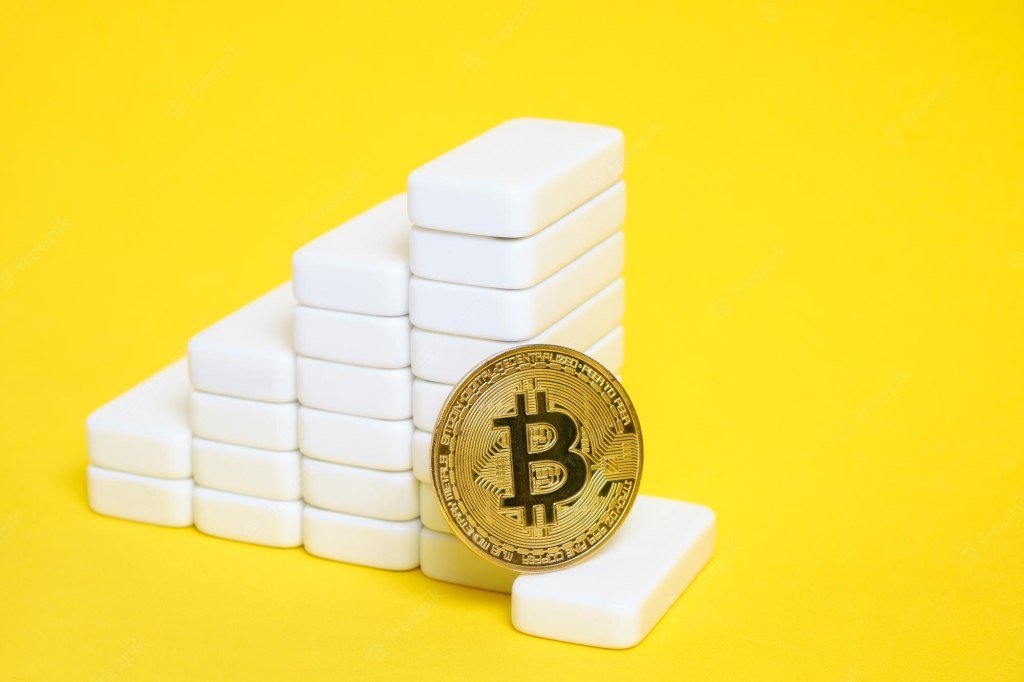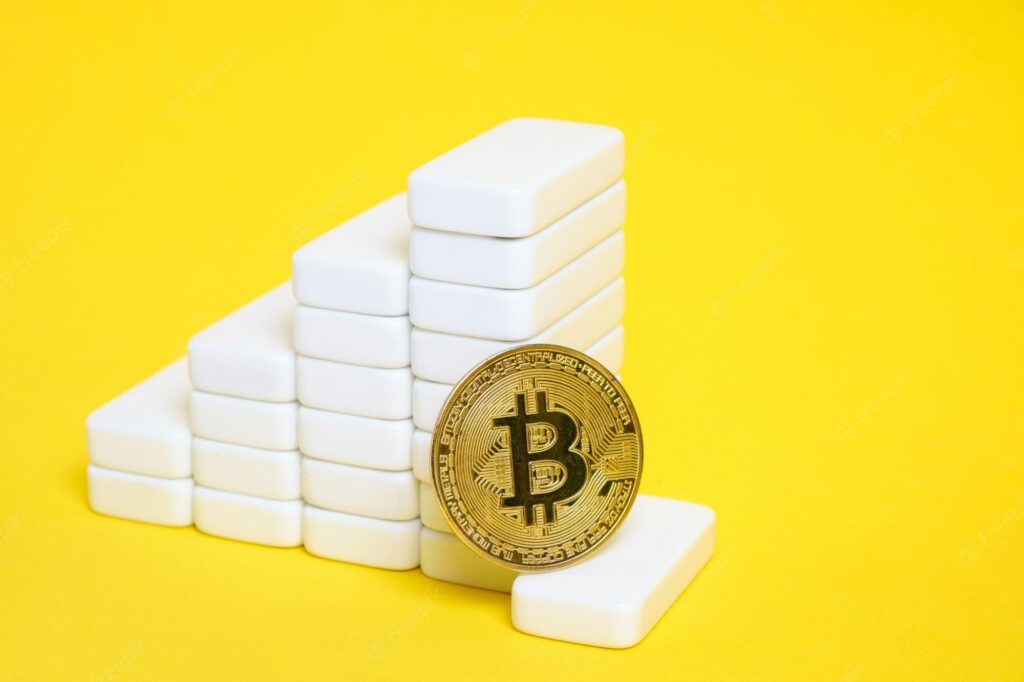Bitcoin, SHIB, and altcoins are heading for the broader market decline, but financial advisors urge worried investors not to panic. Here are the experts’ comments on the latest price movements…
Bitcoin, SHIB and altcoins are falling: What are the analysts saying? As we reported as
Kriptokoin.com , Bitcoin fell below $27,000 today, which is almost a year low. Shares of Coinbase, one of the largest crypto exchanges, fell to a record low after it warned that trading volume was slowing. Coins pegged to the US dollar are also feeling the collapse, rekindling a debate over the value of algorithmic stablecoins.

Advisors say the turmoil is a good time for investors to rebalance their portfolios and perhaps get a better idea of which coins will have long-term value. Gritt Trakulhoon, crypto analyst who invests in Titan, said, “Bear markets are often a great time to hoard money that is your long-term belief. It’s definitely a tough market, but it’s a good time to strategize,”
Billionaire entrepreneur Mark Cuban said Monday, “The speculation is that several internet-based companies have boosted their shares, that cryptocurrency is in a dot-com bubble-like state, but eventually He pointed out that he had hit the bottom”. Trakulhoon said that while the bubble is not inevitable, investors should focus on shaping their portfolios accordingly with a long-term strategy that takes into account a time frame of at least three years.
Bitcoin to hedge inflation risk
Bitcoin surged on Thursday after US inflation data showed continued steep consumer price increases last month. BTC fell below $27,000. It has lost more than half of its value since hitting its highest level in November. The decline has once again raised doubts that Bitcoin functions as a hedge against inflation. The hedge function is a feature often cited by supporters who claim that its fixed supply of 21 million units will resist devaluation. Instead, the cryptocurrency has largely followed the largest tech stocks, the Nasdaq 100 index, which is very sensitive to rising prices.

Matt Hougan, chief investment officer of Bitwise Asset Management, argues that Bitcoin is both a short-term risk asset and a long-term hedge against inflation. Hougan said price reductions make sense in at-risk markets, as investors tend to discount assets whose value is mainly in the future. “Bitcoin is immature and investors investing in Bitcoin are betting on an outcome, in part, where it is widely accepted as a store of value like gold or will translate into other mainstream use cases,” Hougan said.
Investors turn to these coins when altcoins fluctuate
A volatile market is a good time for investors to convert their altcoins into less risky cryptocurrencies, according to experts . Trakulhoon from Titan said that investors should stick to cryptocurrencies that they believe have strong fundamentals and longevity. “At this point, it is better to concentrate on cryptocurrencies that you have a strong belief in, than to diversify your portfolio with altcoins you don’t really understand,” Trakulhoon said, adding that 90 percent of altcoins “will not recover.” But he thinks the survivors will recover.

While the cryptocurrency crash is likely to get uglier, any further dips are a good excuse for investors to rebalance their portfolios and avoid over-investing in crypto. Eliézer Ndinga, director of research at 21Shares & Amun, said cryptocurrencies should be somewhere between 5-10 percent of your total portfolio, depending on each investor’s risk appetite.
Stablecoins and NFTs: What’s the latest?
Algorithmic stablecoins are also being tested. These coins are being offered as a way to cut through the crypto chaos by pegging their value to the US dollar or another reserve asset. However, TerraUSD (UST) fell to 45 cents on Wednesday instead of trading at $1 as designed. TerraUSD backers are trying to raise around $1.5 billion to support the token. Ndinga said this is a good reminder for investors to rebalance their portfolios and make sure the stablecoins they hold are fully collateralized like Tether, USDT and USDC.

Market sentiment has impacted all segments of crypto markets, including non-fungiable tokens (NFT). Average daily trading volume on OpenSea, the largest NFT market, fell more than 34 percent from January to May, according to crypto data tracking platform Dune Analytics. The number of active users on the platform fell by 51 percent.
Secure Digital Markets chief strategy officer Zachary Friedman said this market turbulence is the first true bear market cycle for NFTs, making it difficult to pinpoint where prices are heading. For investors looking for NFT projects that can prove to be durable and have strong fundamentals, this turbulence may be a good time to restructure the portfolio. “In a bear market, you actually have more time to do due diligence and evaluate the adequacy of a project than when things are flying and you are motivated by fear of missing out,” Friedman said.







